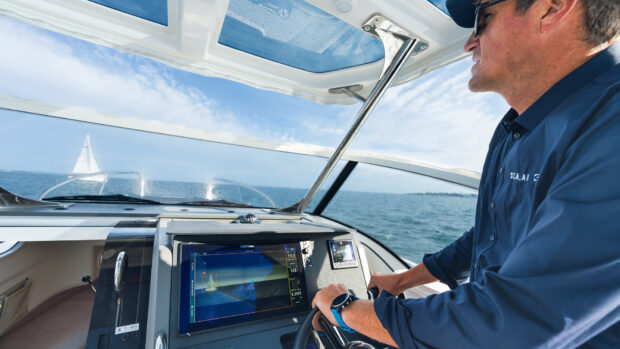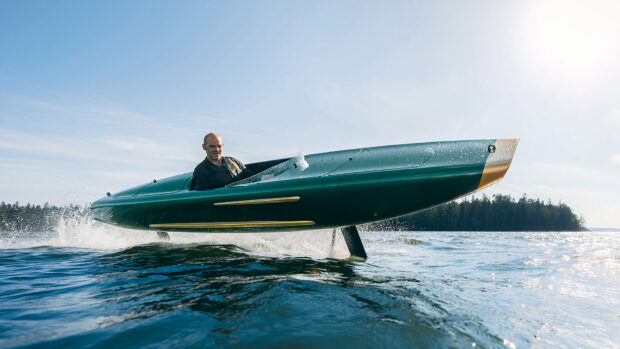In our essential technology digest, we explain the principles behind torque and how it relates to the power generated by a motor boat
Torque is a measure of twisting force, or moment. It is measured in lb/ft or Newton metres.
As anyone who can remember their Year 9 physics lessons will tell you, the moment is equal to the force applied times by the perpendicular distance from the pivot.
So 10lb/ft is equivalent to using a 1ft spanner to undo a nut while exerting 10lb of force.
Power is a product of torque. Engine dynamometers measure torque across the rpm spectrum, which is then used to calculate an engine’s horsepower.
Horsepower can be calculated by multiplying torque in lb/ft by rpm and then dividing the result by 5,252.
As an example, a diesel engine with 700ft/lb of torque at 2,200rpm is developing 293hp at the same rpm.
If you prefer to use the metric system to measure torque, then you’ll need to remember that 1lb/ft is equal to 1.357Nm.
Maximum torque
Maximum torque is produced at the point where an engine is at its most volumetrically efficient.
For example a 5.5-litre engine needs to induct 5.5 litres of fuel/air mixture during the induction strokes of all its cylinders to be 100% volumetrically efficient.
Only a few naturally aspirated engines (petrol or diesel) can achieve this. Turbo or supercharged engines manage to exceed this level by compressing the fuel/air mixture.
Most boats are at their most fuel-efficient around peak torque, providing the propeller is perfectly matched to the hull and engine.
Diesel engines produce peak torque and horsepower at lower rpm than petrol engines.
Electric motors and steam engines can produce maximum torque at zero rpm and maintain it across the spectrum, producing a perfectly flat torque delivery.
As boats do not have multi-speed gearboxes, their engines need huge amounts of torque to accelerate and get on the plane.









